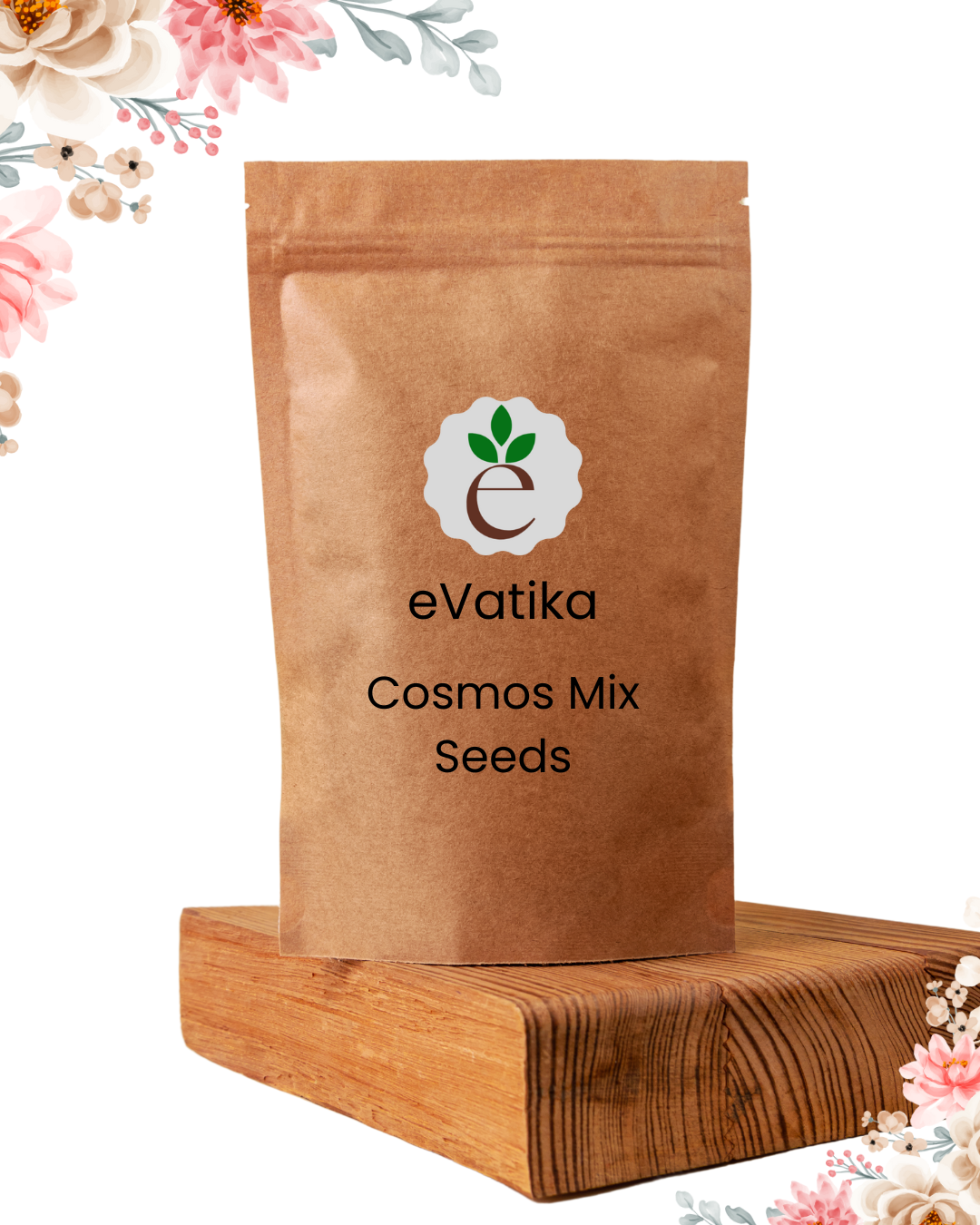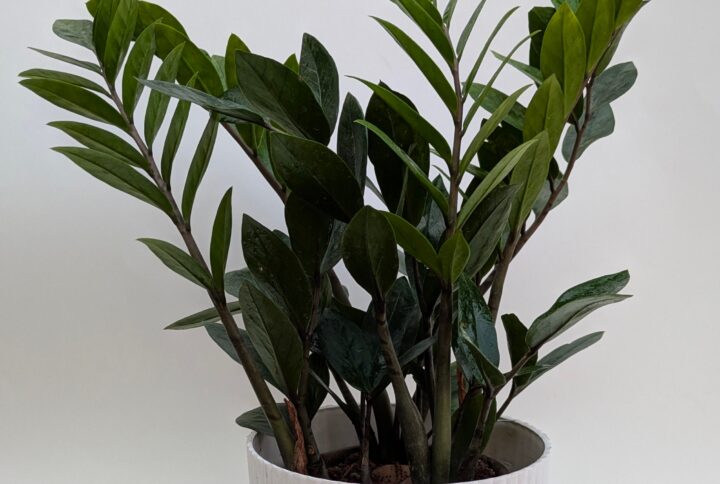Cosmos Mix Seeds

- Free shipping on all orders over 299rs
- Delivers in: 2-3 Days Shipping & Return
🌸 What Are Cosmos Mix Seeds?
Cosmos Mix Seeds come from the Cosmos genus, native to Mexico and Central America. These charming annuals are famous for their airy foliage and daisy-like flowers in a variety of cheerful colors. Ideal for wildflower gardens, borders, and pollinator patches, cosmos are low-maintenance, sun-loving, and bloom generously from summer to fall.
1.🌿 Botanical Features
-
Seed Shape: Long, thin, slightly curved (like tiny pine needles)
-
Flower Colors (Mix): Pink, white, magenta, red, orange, and yellow (depending on mix)
-
Flower Form: Single, open-faced with a yellow center; some varieties are semi-double
-
Plant Height: 2 to 5 feet tall, depending on the variety
-
Foliage: Feathery, fern-like leaves
-
Germination: 5–10 days in warm soil
-
Growth Habit: Upright, airy, branching plants with tall flower stalks
2.🍽️ Culinary Uses
Cosmos are not typically edible, though the flowers of some varieties (Cosmos sulphureus) have been used sparingly as edible decorations. Mainly, cosmos are planted for their aesthetic and ecological benefits:
-
Excellent for cut flower arrangements
-
Attract butterflies, bees, and even hummingbirds
3.🏥 Health Benefits
Cosmos aren’t used in traditional medicine, but their garden presence has therapeutic effects, including:
-
Encouraging outdoor activity and pollinator observation
-
Enhancing mood and creativity through natural color and movement
-
Supporting garden biodiversity
4.🌱 Growing Cosmos from Seed
Step-by-Step Guide:
-
Sow Directly or Indoors:
-
Indoors: Start 4–6 weeks before the last frost
-
Outdoors: Sow directly once frost risk has passed
-
Cover seeds lightly (~¼ inch deep)
-
-
Water and Light:
-
Keep soil moist until seedlings emerge
-
Requires full sun (6+ hours/day)
-
-
Transplant or Thin:
-
Space plants 12–18 inches apart
-
Taller varieties may need light staking in windy areas
-
-
Care Tips:
-
Deadhead spent blooms for extended flowering
-
Avoid overly rich soil—it can reduce blooming
-
Drought-tolerant once established
-
🔍 Fun Fact
Cosmos get their name from the Greek word kosmos, meaning harmony or order, reflecting the balanced beauty of their petals. They’re also one of the few annuals that can thrive in poor soil and hot, dry conditions, making them a favorite for low-maintenance gardeners!











Reviews
There are no reviews yet.